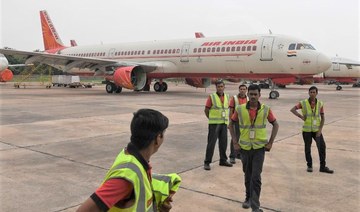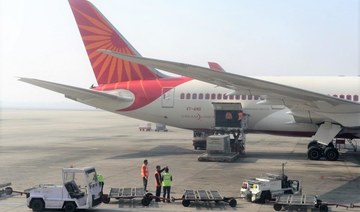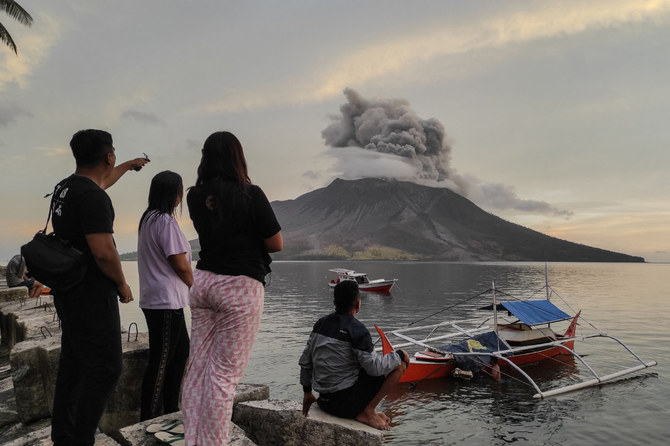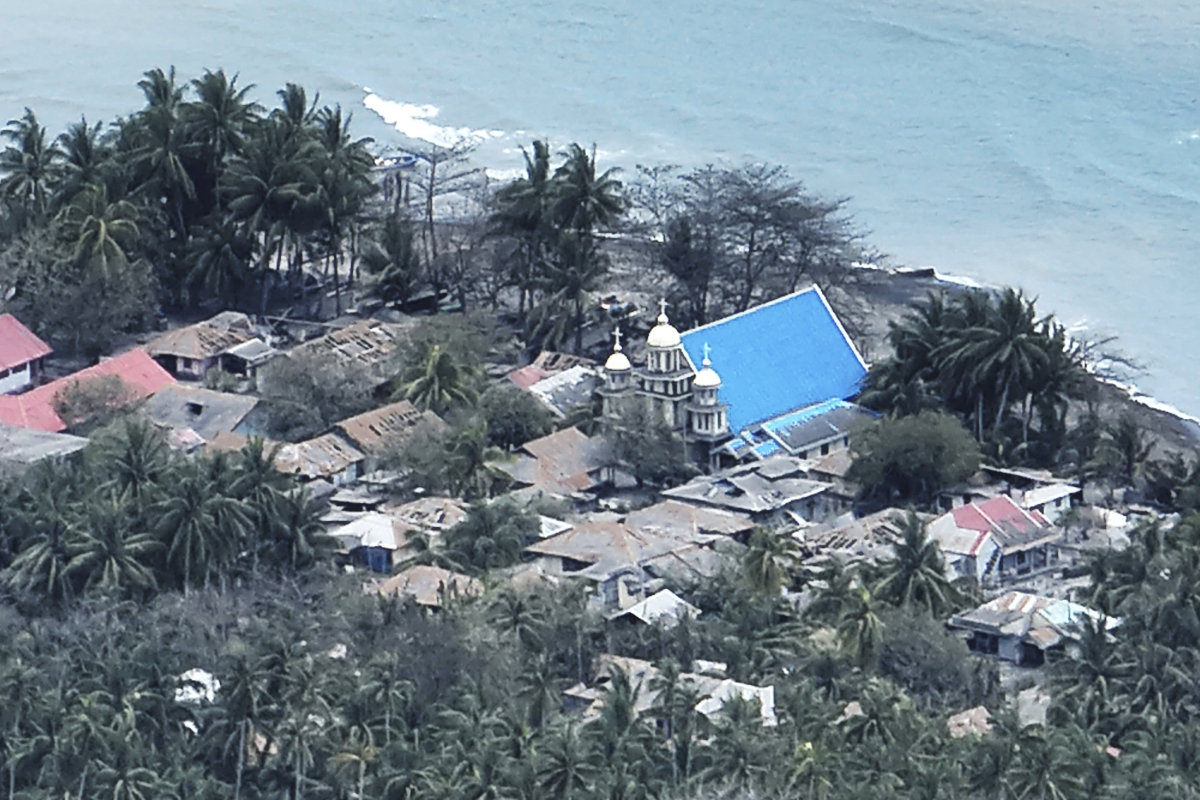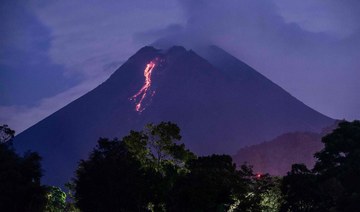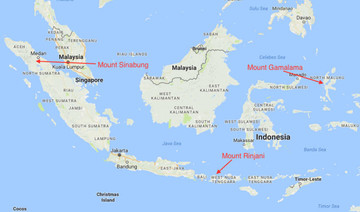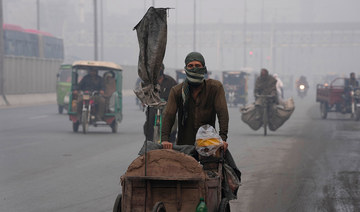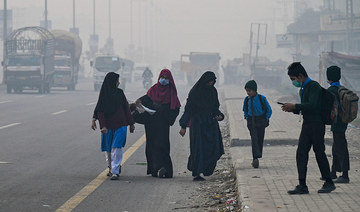NEW DELHI: Renewed government attempts to find a buyer for “debt trap” national carrier, Air India, have been slammed as “selling the family silver.”
Politicians from opposition and pro-government parties condemned the move by the Indian government to offload its entire stake in the flag-carrier airline, which comes more than a year after a failed bid to sell a controlling share.
A document released on Monday said that any bidder would have to absorb around $3.3 billion of debt along with other liabilities.
Speaking in New Delhi on Tuesday, Kapil Sibal, senior leader of India’s main opposition party, the Indian National Congress, said: “When governments don’t have money this is what they do.
“The government of India has no money; growth is less than 5 percent and millions of rupees are outstanding under several social schemes. This is what they will do, sell all the valuable assets we have.”
Derek O’Brien of the Trinamool Congress, the regional party ruling West Bengal, said in a video statement that “the government has decided to sell more family silver by selling 100 percent stake in Air India. You can well imagine how bad the economy (is).”
And on Twitter, Subramanian Swamy, parliamentarian from the ruling Bharatiya Janata Party (BJP), said: “This deal is wholly anti-national, and I will (be) forced to go to court. We cannot sell our family silver.”
Monday’s document gave the deadline for submission of initial expressions of interest in purchasing the airline as March 17. In 2018, the Indian government tried to sell 76 percent of the carrier but got no takers.
To justify the latest sale attempt, Aviation Minister Hardeep Singh Puri, said: “Despite infusing 30,500 crore rupees ($4.3 billion) in AI (Air India) since 2012, the airline has been running into losses year after year. Due to its accumulated debt of about 60,000 crore rupees, its financial position is very fragile.”
He described the company as being in a “debt trap” but added that it could be saved through privatization. “We have learnt lessons from the 2018 bid.”
Referring to critical comments from fellow BJP members, the minister said they were expressing their “personal opinion.”
Jitender Bhargava, former executive director of corporate communication at Air India, said the current offer would attract potential buyers.
“India is a growth market, so anybody would like to be part of it and take the advantage. The acquisition of Air India provides the fastest way to become a global carrier,” he told Arab News.
According to Bhargava, the move had nothing to do with the current state of the Indian economy. “All the important international carriers want to expand their footprints in India because of the potential of the Indian market. The government has taken a pragmatic view on the sale of the national carrier,” he said.
“Ownership of the airline does not matter, leadership matters. Once it came into the hands of the government, bureaucracy killed it,” added Bhargava, who authored “The Descent of Air India” chronicling the airline’s downfall. “Air India under the government’s ownership cannot run, cannot survive.”
He predicted that the carrier would become a marginal player if there was no change in ownership.
Air India has a fleet of 146 aircraft and employs around 21,000 people. It was founded by prominent industrialist J.R.D. Tata in 1932 and nationalized in 1953.




